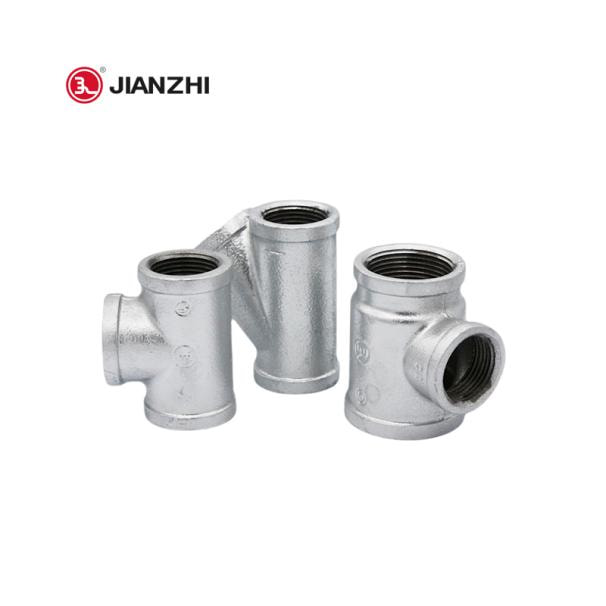 ## Enhancing Efficiency and Performance
Reducing tees are essential in optimizing system efficiency and performance. They minimize turbulence and pressure drops during transitions between pipes of various sizes, ensuring smooth and efficient flow management. This streamlined flow enhances system productivity and contributes to overall safety and reliability.
## Simplifying Installation and Maintenance
Besides their functional benefits, reducing tees simplify the installation process, saving time and labor costs for engineers and contractors. Their straightforward design and ease of use make them invaluable in complex piping layouts, where efficiency and precision are paramount. Notably, according to a featured snippet on Google, a reducing tee "is used to create branch pipelines from a common supply line, simplifying complex pipes and their maintenance."
## Conclusion
In summary, reducing tees are essential components in modern piping systems, offering efficient and seamless transitions between pipes of different sizes. With their ability to enhance system performance, reliability, and ease of installation, reducing tees continue to drive efficiency and innovation across various industries.
## Enhancing Efficiency and Performance
Reducing tees are essential in optimizing system efficiency and performance. They minimize turbulence and pressure drops during transitions between pipes of various sizes, ensuring smooth and efficient flow management. This streamlined flow enhances system productivity and contributes to overall safety and reliability.
## Simplifying Installation and Maintenance
Besides their functional benefits, reducing tees simplify the installation process, saving time and labor costs for engineers and contractors. Their straightforward design and ease of use make them invaluable in complex piping layouts, where efficiency and precision are paramount. Notably, according to a featured snippet on Google, a reducing tee "is used to create branch pipelines from a common supply line, simplifying complex pipes and their maintenance."
## Conclusion
In summary, reducing tees are essential components in modern piping systems, offering efficient and seamless transitions between pipes of different sizes. With their ability to enhance system performance, reliability, and ease of installation, reducing tees continue to drive efficiency and innovation across various industries.
Next
None
Comments
Please Join Us to post.
0